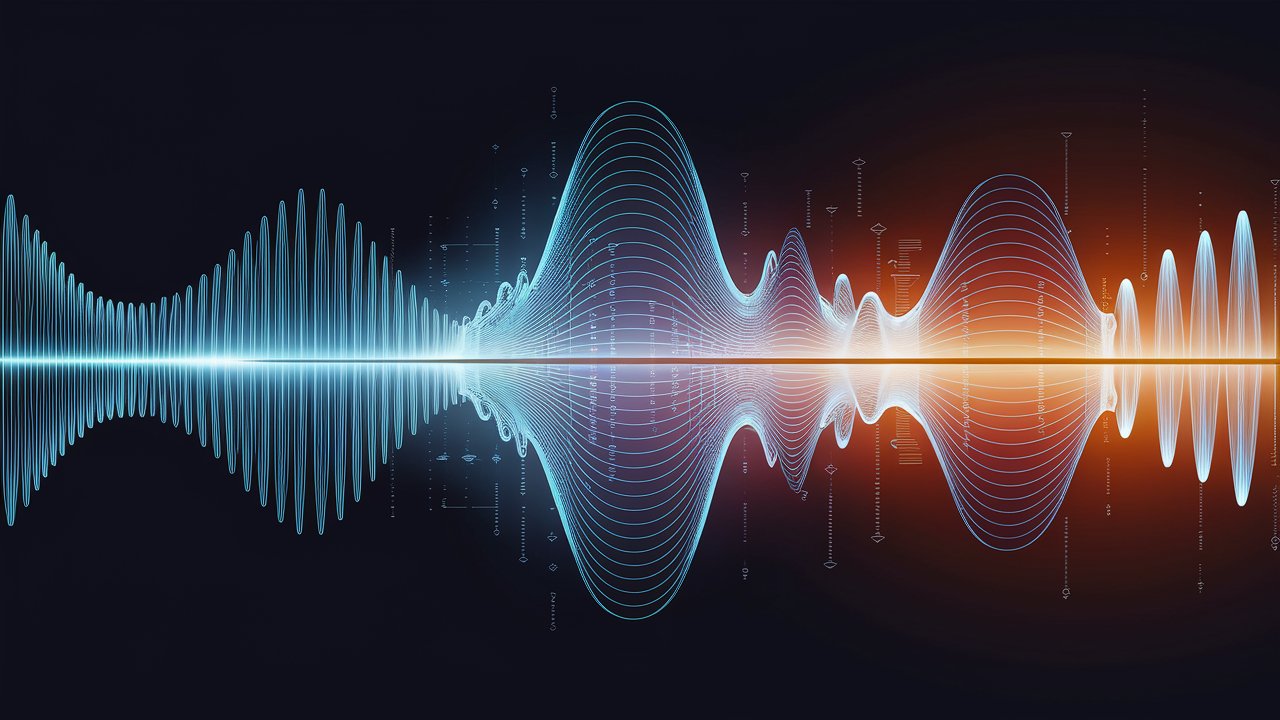In our increasingly digital world, the way we process and understand signals has evolved dramatically. Digital Signal Processing (DSP) is at the heart of many modern technologies, from audio and speech processing to telecommunications and medical imaging. This article explores the fundamentals of DSP, its applications, and its impact on various fields, along with personal anecdotes to illustrate its significance.

Table of Contents
ToggleWhat is Digital Signal Processing?
Digital Signal Processing involves the manipulation of signals in a digital format. Signals, in this context, refer to any time-varying or spatially varying quantity that conveys information. Examples include audio signals, video signals, and sensor data.
Key Concepts in DSP
- Sampling and Quantization: To process an analog signal digitally, it must first be converted into a digital form. This involves sampling (taking measurements at regular intervals) and quantization (assigning numerical values to these samples).
- Transformations: DSP often involves transforming signals from one domain to another. The Fourier Transform, for instance, converts a signal from the time domain to the frequency domain, making it easier to analyze and process.
- Filtering: Filters are used to remove unwanted components from a signal. This could involve eliminating noise from an audio recording or isolating certain frequencies in a communication system.
- Algorithms: DSP relies on various algorithms to perform tasks like compression, enhancement, and pattern recognition. These algorithms are implemented in software or specialized hardware.
Applications of Digital Signal Processing
Audio and Speech Processing
DSP plays a crucial role in audio and speech processing. From noise reduction in hearing aids to the high-quality sound in music production, DSP techniques enhance our auditory experiences.
Personal Anecdote: As an amateur musician, I often record my own music at home. Initially, my recordings were marred by background noise and uneven sound levels. Learning about DSP allowed me to use software tools to filter out noise, equalize the sound, and even add effects like reverb and echo. The difference was night and day, transforming amateur recordings into professional-sounding tracks.

Telecommunications
In telecommunications, DSP is used to encode, transmit, and decode signals efficiently. It enables the compression of data for transmission, error detection, and correction to ensure data integrity.
Personal Anecdote: During a summer internship at a telecommunications company, I worked on a project involving the optimization of data transmission over mobile networks. By applying DSP techniques, we were able to enhance signal clarity and reduce transmission errors, improving the overall quality of service for users.
Medical Imaging
DSP is integral to medical imaging technologies like MRI, CT scans, and ultrasound. These techniques rely on the processing of signals to create detailed images of the human body, aiding in diagnosis and treatment.
Consumer Electronics
From smartphones to smart speakers, DSP is embedded in various consumer electronics to improve functionality and performance. Noise cancellation in headphones and voice recognition in virtual assistants are prime examples.
Radar and Sonar Systems
DSP is used in radar and sonar systems for object detection and navigation. It helps in processing the reflected signals to determine the position, speed, and direction of objects.
The Impact of DSP on Everyday Life
Enhanced Communication
DSP has revolutionized communication by enabling clearer and more reliable transmission of data. Whether it’s a phone call, a video conference, or an online game, DSP ensures that signals are transmitted with minimal loss and interference.
Improved Entertainment
The entertainment industry has benefited immensely from DSP. High-definition video streaming, immersive audio experiences, and realistic video games are all made possible through advanced DSP techniques.
Health and Safety
In healthcare, DSP aids in accurate diagnostics and monitoring. Wearable health devices use DSP to analyze vital signs and detect anomalies. In safety systems, DSP helps in the development of advanced driver-assistance systems (ADAS) and autonomous vehicles.
Personal Experiences with DSP
Academic Journey
My introduction to DSP came during my undergraduate studies in electrical engineering. I was fascinated by how mathematical concepts could be applied to real-world problems. One of my first projects involved designing a digital filter to remove noise from a speech signal. This hands-on experience solidified my interest in DSP and its potential applications.
Professional Application
In my professional career, I have had the opportunity to work on various DSP-related projects. One notable experience was developing an algorithm for real-time audio processing in a live music application. The challenge was to ensure low latency while maintaining high audio quality. Through extensive research and experimentation, we achieved a solution that enhanced the performance of live music applications, providing musicians and audiences with an exceptional experience.

The Future of Digital Signal Processing
The future of DSP looks promising, with advancements in technology driving new applications and innovations.
Artificial Intelligence and Machine Learning
The integration of AI and machine learning with DSP is opening up new possibilities. For example, AI-driven DSP algorithms can enhance speech recognition systems, improve image processing techniques, and enable predictive maintenance in industrial systems.
5G and Beyond
The rollout of 5G networks will rely heavily on advanced DSP techniques to manage the increased data rates and ensure reliable communication. Future generations of wireless technology will continue to push the boundaries of what DSP can achieve.
Quantum Computing
Quantum computing has the potential to revolutionize DSP by providing unprecedented processing power. This could lead to breakthroughs in areas like cryptography, optimization, and complex simulations.
Conclusion
Digital Signal Processing is a dynamic and essential field that impacts various aspects of our lives. From enhancing our entertainment experiences to improving healthcare and communication, DSP is at the core of many technological advancements. By understanding the fundamentals of DSP and its applications, we can appreciate its significance and look forward to the innovations it will bring in the future.
Whether you are an engineer, a musician, or simply a tech enthusiast, DSP offers a fascinating glimpse into the power of digital technology to transform signals into meaningful information. Embrace the world of DSP, and you might just discover new ways to enhance and enrich your life.



